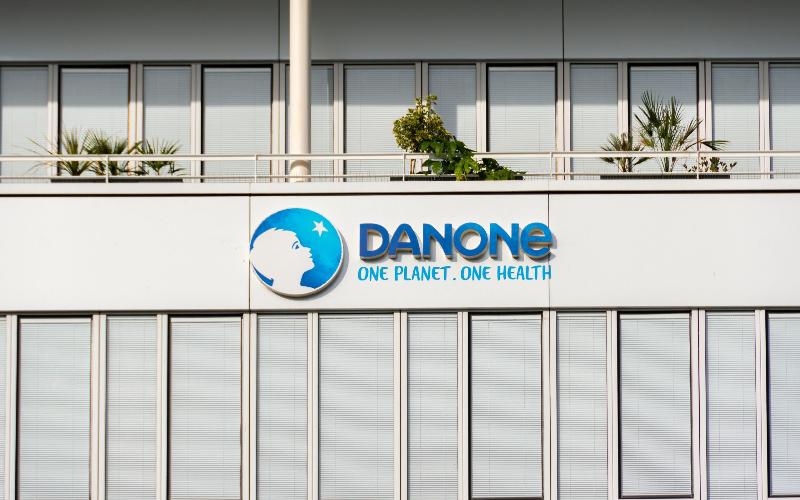FAO Food Price Index Notes Modest Increase in May Amid Varied Commodity Trends
Sourse: The DairyNews
The FAO Food Price Index (FFPI) experienced a slight uptick in May 2024, registering 120.4 points, a 0.9 percent increase from the revised April level. This rise was primarily driven by higher prices in cereals and dairy sectors, which more than compensated for the declines in sugar and vegetable oils, while meat prices remained stable.

Cereals Sector Sees Notable Increase:
The FAO Cereal Price Index rose significantly by 6.3 percent to 118.7 points in May, although it remained 8.2 percent lower than the previous year. The increase was largely attributed to growing concerns about unfavorable crop conditions across several major exporting regions, including Europe, Northern America, and the Black Sea area. Wheat prices saw the most substantial monthly rise, exacerbated by infrastructure damage in the Black Sea region. Meanwhile, maize prices also climbed due to production concerns in Argentina and Brazil, coupled with robust global demand and limited selling activity in Ukraine.
Vegetable Oil Index Declines:
The FAO Vegetable Oil Price Index averaged 127.8 points, a 2.4 percent decrease from April, yet it was 7.7 percent higher than last year. The drop was mainly due to lower palm oil prices as production increased in Southeast Asia amid weak global demand. However, prices for soy, rapeseed, and sunflower oils increased, supported by various factors including rising demand from the biofuel sector and diminishing export availabilities.
Dairy Prices Continue to Climb:
The Dairy Price Index climbed by 1.8 percent to 126.0 points, standing 3.5 percent above its value a year earlier. The rise in dairy prices was supported by increased demand from the retail and food services sectors, anticipating the summer holiday season. Additionally, expectations of reduced milk production in Western Europe and seasonally lower outputs in Oceania contributed to higher international dairy product prices.
Mixed Movements in Meat Prices:
The FAO Meat Price Index slightly decreased by 0.2 percent to 116.6 points in May, reflecting mixed trends across different types of meats. Poultry and bovine meat prices dropped due to increased exportable supplies and sluggish import demand, respectively. Conversely, pig and ovine meat prices increased, driven by strong demand and supply constraints in Western Europe, along with heightened global purchases of ovine meat.
Overall, the FAO Food Price Index shows a mixed bag of trends across various commodities, reflecting the complex interplay of global market forces, seasonal variations, and geopolitical influences.
The FAO Cereal Price Index rose significantly by 6.3 percent to 118.7 points in May, although it remained 8.2 percent lower than the previous year. The increase was largely attributed to growing concerns about unfavorable crop conditions across several major exporting regions, including Europe, Northern America, and the Black Sea area. Wheat prices saw the most substantial monthly rise, exacerbated by infrastructure damage in the Black Sea region. Meanwhile, maize prices also climbed due to production concerns in Argentina and Brazil, coupled with robust global demand and limited selling activity in Ukraine.
Vegetable Oil Index Declines:
The FAO Vegetable Oil Price Index averaged 127.8 points, a 2.4 percent decrease from April, yet it was 7.7 percent higher than last year. The drop was mainly due to lower palm oil prices as production increased in Southeast Asia amid weak global demand. However, prices for soy, rapeseed, and sunflower oils increased, supported by various factors including rising demand from the biofuel sector and diminishing export availabilities.
Dairy Prices Continue to Climb:
The Dairy Price Index climbed by 1.8 percent to 126.0 points, standing 3.5 percent above its value a year earlier. The rise in dairy prices was supported by increased demand from the retail and food services sectors, anticipating the summer holiday season. Additionally, expectations of reduced milk production in Western Europe and seasonally lower outputs in Oceania contributed to higher international dairy product prices.
Mixed Movements in Meat Prices:
The FAO Meat Price Index slightly decreased by 0.2 percent to 116.6 points in May, reflecting mixed trends across different types of meats. Poultry and bovine meat prices dropped due to increased exportable supplies and sluggish import demand, respectively. Conversely, pig and ovine meat prices increased, driven by strong demand and supply constraints in Western Europe, along with heightened global purchases of ovine meat.
Overall, the FAO Food Price Index shows a mixed bag of trends across various commodities, reflecting the complex interplay of global market forces, seasonal variations, and geopolitical influences.
Key News of the Week














